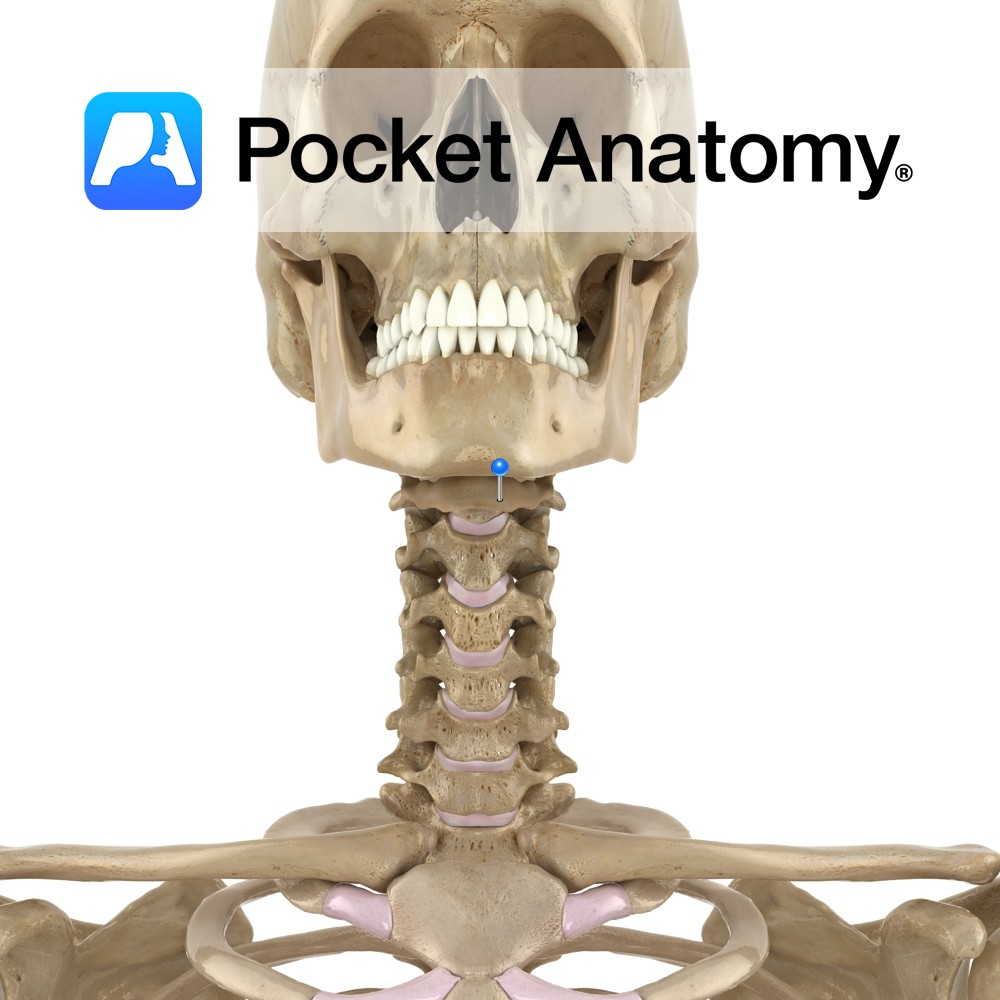“…there are quite a few apps that effectively marry anatomy content and the iPad technology such as the Pocket Anatomy app.”
Dr. Warren Weichmann, University of California Irvine.
Way back in August 6, 2010…students at University of California, Irvine’s School of Medicine started their medical education. That year, next to good old books, they each received a freshly launched device called the iPad.
iPads represented a major step forward in their new iMed initiative, developing a fully digital curriculum for Med Students, a goal set forth by Dr Ralph V.Clayman, Dean of the UCIrvine.
The new iMed Ed Initiative, led by faculty director Dr. Warren Wiechmann, was conceived out of efforts to blend technology into an innovative and interactive learning environment to move away from the passive lecture model.
One of the first courses into which iPads were integrated was Anatomy UC Irvine’s School of Medicine decided to use the Pocket Anatomy application – One of the best medical anatomy apps on the App Store. The first class participating in the iMed initiative scored an average of 23% higher on their national exams!
We are delighted that UC Irvine continue to use Pocket anatomy on their iPads in their cadaver laboratories and look forward to continuing to innovate alongside strides UC Irvine are making in their teaching and learning.
—
The following text is an in-depth account of their innovative approach in the teaching of anatomy.
The Logistics of iPads in the Anatomy Lab
On August 6, 2010, the medical students in the incoming class at the University of California, Irvine, School of Medicine were awarded their white coats. More interestingly, was the non-traditional gift these students were bestowed during this ceremony: an iPad, Apple’s new tablet device that had only debuted a few short months before. These iPads represent a major step forward in the new iMedEd Initiative at UCIrvine to develop a fully digital curriculum, a goal set forth by Dr. Ralph V. Clayman, Dean of the UCIrvine School of Medicine. The iMedEd Initiative, led by faculty director, Dr. Warren Wiechmann, was conceived out of efforts to blend technology into an innovative and interactive learning environment to facilitate a move away from the passive lecture model of conventional medical education approaches.
One of the first courses into which the iPads were integrated at UCIrvine is Anatomy. Anatomy has long been a critical part of medical education. Most of the learning in this course happens through active, hands-on exploration in a lab that commonly consists of donated cadavers draped in sheets and lying on rows of dissection tables. The introduction of 10 new iPads and enabling Internet connectivity within the lab was a groundbreaking addition for the UCIrvine lab this year. However, prior to making the iPads available for the students, there were several logistical issues that needed to be addressed to support them: (1) protecting them from the cadaver tissue and biohazardous materials in the lab; (2) loading relevant and effective software to facilitate the learning of anatomy; (3) determining the most efficient way for students to share documents with themselves, other students and faculty from inside the lab; and (4) establishing Internet connectivity to allow document sharing, access to external resources and handling updates of installed apps.
Cadaver tissue and biohazardous materials are unavoidable in an anatomy lab. Unfortunately, these materials do not mix well with iPads and a need to protect them in a sanitary and waterproof manner is necessary. A comprehensive test and review of the market for suitable cases by the iMedEd team was cut short in favor of an admittedly unfashionable solution using Ziplock bags in an effort to get the iPads into the anatomy lab as quickly as possible.
Anatomy Apps for the iPads
The iPad serves as a preeminent platform to deliver rich, interactive multimedia presentations of information and gross anatomy is an ideal subject matter to complement the iPad’s features with its largely media-based approach to teaching, for example, utilizing images of body structures, radiographic films, MRI’s and videos of dissections. Accordingly, there are quite a few apps that effectively marry anatomy content and the iPad technology such as the Pocket Anatomy app. Pocket Anatomy allows its user to explore an anatomically correct human character with nine layers of musculoskeletal content that can be peeled away to study structures at the muscle, joints/ligaments and skeletal levels. A copy of this app was purchased for each anatomy iPad along with Epocrates Essentials, a mobile drug and disease reference. Though it is not a media intensive app, Epocrates provides quick and easily searchable access to a wealth of clinical information in a format that is also well-suited for the iPad interface.
The most interesting use of the iPad in the anatomy lab has been with OsiriX HD, an app that displays and supports interactive analysis of medical images. Full CT scans of two cadavers were captured allowing students to explore structures in OsiriX, for example, by zooming, panning and measuring them, to complement their learning experience before and after dissections.
____________
Looking forward to enhance your anatomy class with our Interactive 3D Human Anatomy & Physiology app? Discover how to receive a Discount for Educational Institutions.




